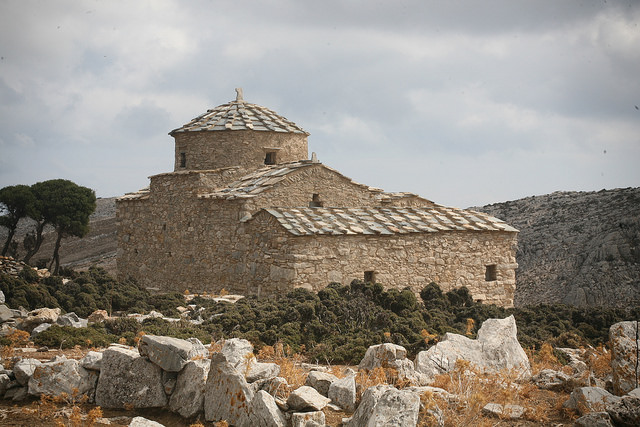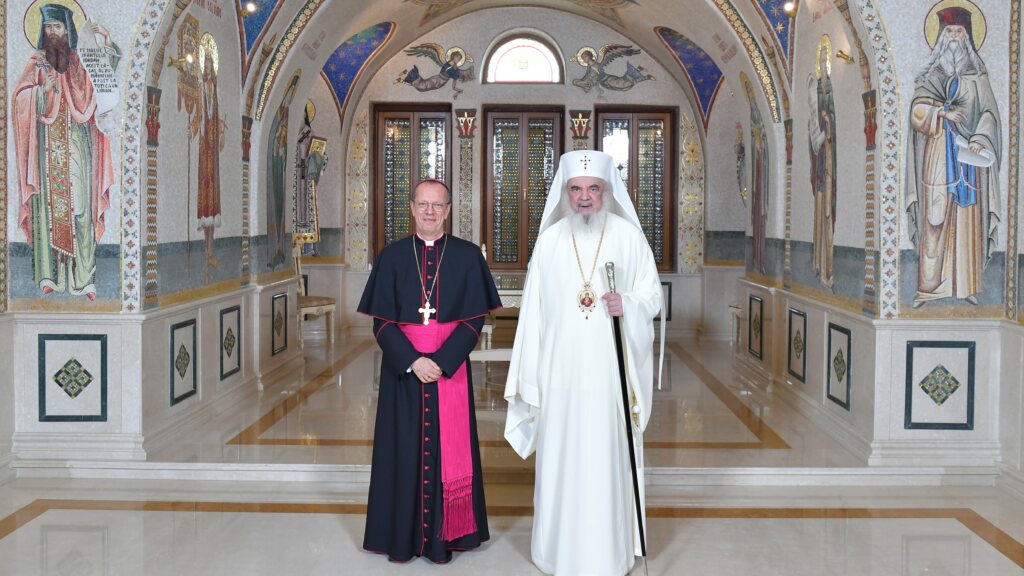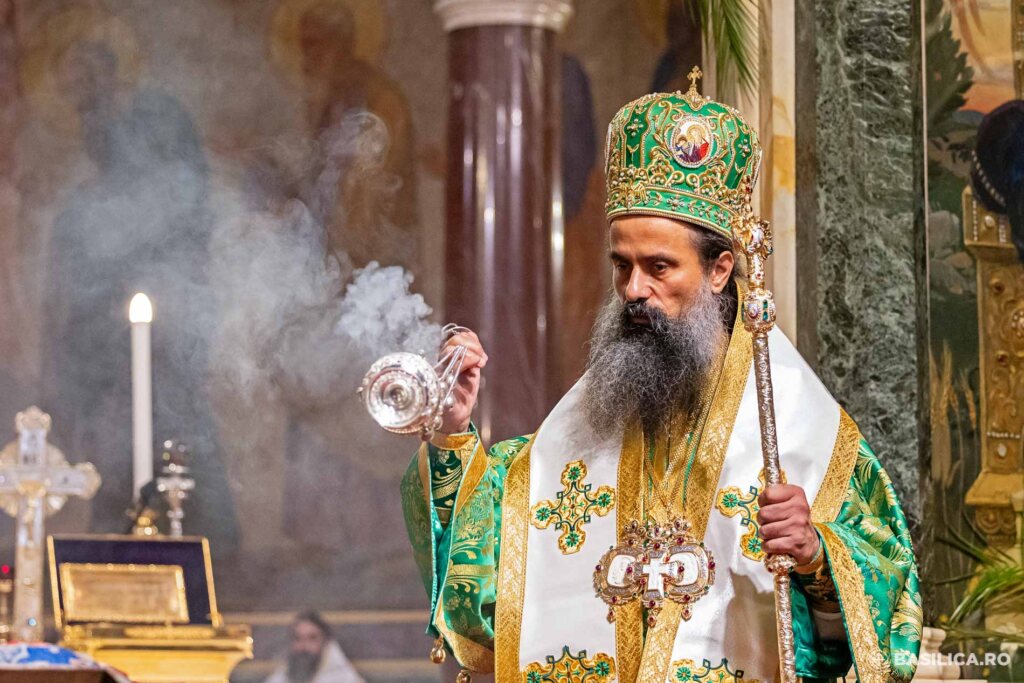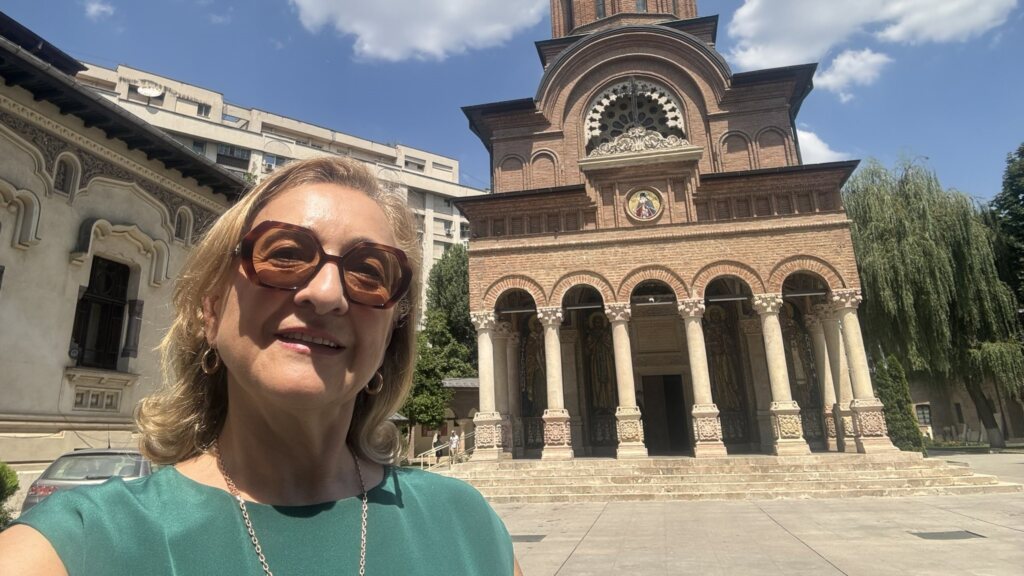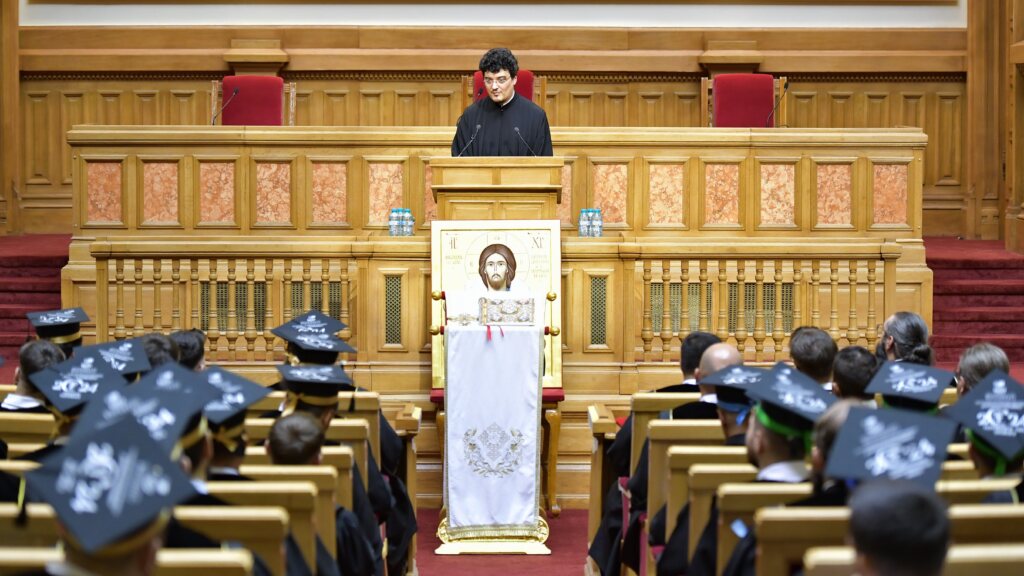One of Greece’s most renowned churches, the 8th Century Byzantine temple of St Kyriaki in Naxos has become a recipient of the 2018 Europa Nostra Award which stands for the European Union Prize for Cultural Heritage.
The picturesque Agia Kyriaki is one of the most popular sightseeing spots on Naxos island.
The prize was given by the European Commission and Europa Nostra Tuesday, May 15, 2018, following a restoration of the church.
A team of Greek and Swiss archaeologists and reconstruction and preservation specialists revived the church’s wall paintings dating back to the 8th and 9th centuries.
The 29 laureates from 17 countries have been recognised for their impressive accomplishments in conservation, research, dedicated service, and education, training and awareness-raising.
As a contribution to the European Year of Cultural Heritage, this year’s Awards put special emphasis on the European added value of the selected heritage achievements.
The winners will be honoured at a high-profile Award ceremony on 22 June in Berlin, during the first ever European Cultural Heritage Summit.
Among the outstanding European heritage “success stories” awarded in 2018 are: the rehabilitation of a Byzantine church in Greece, with its unique series of frescoes dating from the 8th – 9th century, made possible thanks to a fruitful cooperation between Greek and Swiss organisations.
The church is located in a secluded rural area which was neglected for years. This project is an outstanding example of cooperation across state boundaries in Europe.
The unique source of funding was private donations.
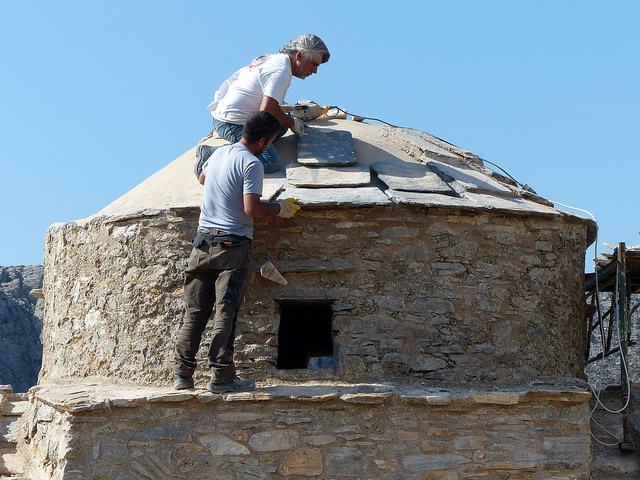
The church is of unique importance, thanks to the well preserved aniconic first layer of paintings in its interior.
Aniconic frescoes of this period, which are limited to crosses, animals, geometric and floral patterns, are evidence of the dispute over the representation of human figures in ecclesiastical art that affected the Byzantine Empire for over a century and examples of which have been preserved in only a very small number of cases.
Among these, the wall paintings of Hagia Kyriaki are the ones best preserved in the Cyclades group of islands.

The conservation of Hagia Kyriaki succeeded in saving an endangered monument and its unique paintings, with meticulous effort to protect its authenticity and refrained from adding elements that would mask the passing of time and history.
“This is a sensitive and respectful conservation of a structure and its wall paintings which are linked to an important period in European thought. The excellent results have been achieved through international and interdisciplinary cooperation and through the collaboration of private and public bodies.”, the jury said of this project.
“Great attention has been paid to respectfully preserving the monument within the surroundings’ unique and natural landscape in a remote location. Attention has been paid to what is often an overlooked type of heritage in a European context”, the jury stated.
The project is a model to be followed in similar cases on Naxos, where dozens of ruined Byzantine churches demand immediate measures for their preservation.
Photography courtesy of Europa Nostra
